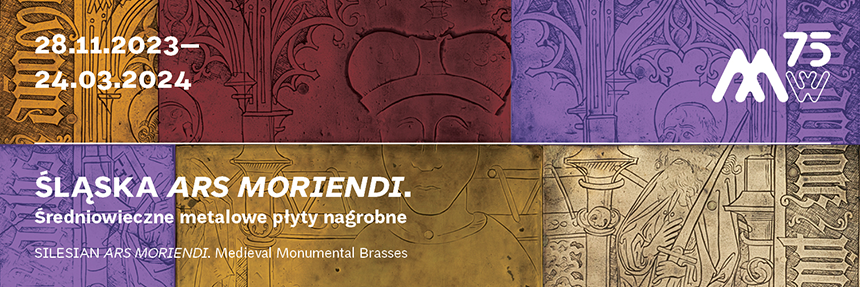About the “art of dying” in Silesia
In one of the chapters of his canonical work The Waning of the Middle Ages, entitled A Vision of Death, Johann Huizinga argues that the Late Middle Ages, the fifteenth century in particular, was uniquely obsessed with death and its imagery. It also saw the emergence of a new topical literary genre: treatises on the Ars moriendi, the “art of dying”, that offered consolation and spiritual advice on how to “die well” according to the principles of Christian faith and thus go to Heaven. Specific instructions were addressed to the dying person on how to avoid the temptations that might beset them and also to the priest and other individuals, family and friends, present at the deathbed on how to behave.
Among the earliest and most important Ars moriendi treatises are the works by authors active in Poland: Jan Gerson (ca. 1408), Mateusz of Kraków (ca. 1408-1410), and Dominic of Capranica (ca. 1452). They pictured angels and devils fighting for the human soul and the illustrations often accompanying the text communicate the message also to the illiterate.
In particular, a sudden, unexpected death without obtaining the absolution of one’s sins was feared and perceived as an evidence of and punishment for one’s wicked life. This fear contributed to the widespread and intense cult of patron saints invoked against a sudden death, like St Barbara and St Christopher. It was believed that a look at the saint’s image would protect one from suddenly dying on that day. For this reason their painted images and statues were often placed in public spaces and object featuring their images carried on person, especially in situations that involved an increased risk of a sudden death: during the times of war and also by pilgrims and travellers.
Fot. 1: The Holy Communion, illustration from the incunabulum of Ars Moriendi by Conradus Kachelofen, Leipzig, 1493, Library of the University of Wrocław (BUWr XV. Q. 124).
Fot. 2: The stone statue of St Barbara installed by the south-western buttress of the tower of St Barbara’s Church in Wrocław, photograph, before 1945, Herder-Institute, Marburg (no. 51852_h).
Fot. 3: Statue of St Christopher displayed in the niche in the wall of St Christopher’s Church in Wrocław, photograph, before 1945, Herder-Institute, Marburg (no.195464).
Il. 1: Archival photograph showing the statue of St Christopher displayed in the niche in the wall of St Christopher’s Church in Wrocław, reproduced after: H. Götz, A. Hadelt, Breslauer Kirchen, Breslau 1926.
